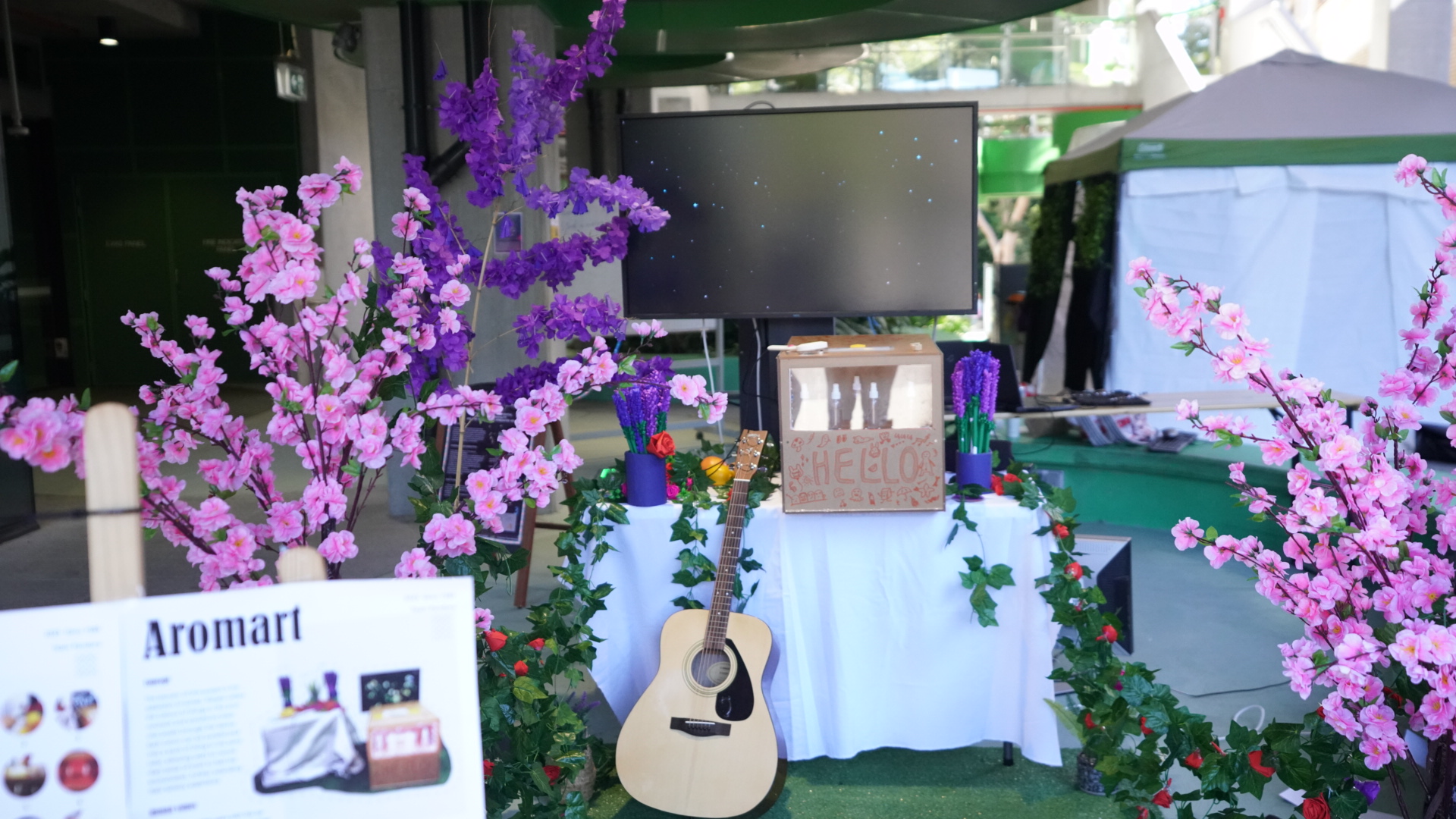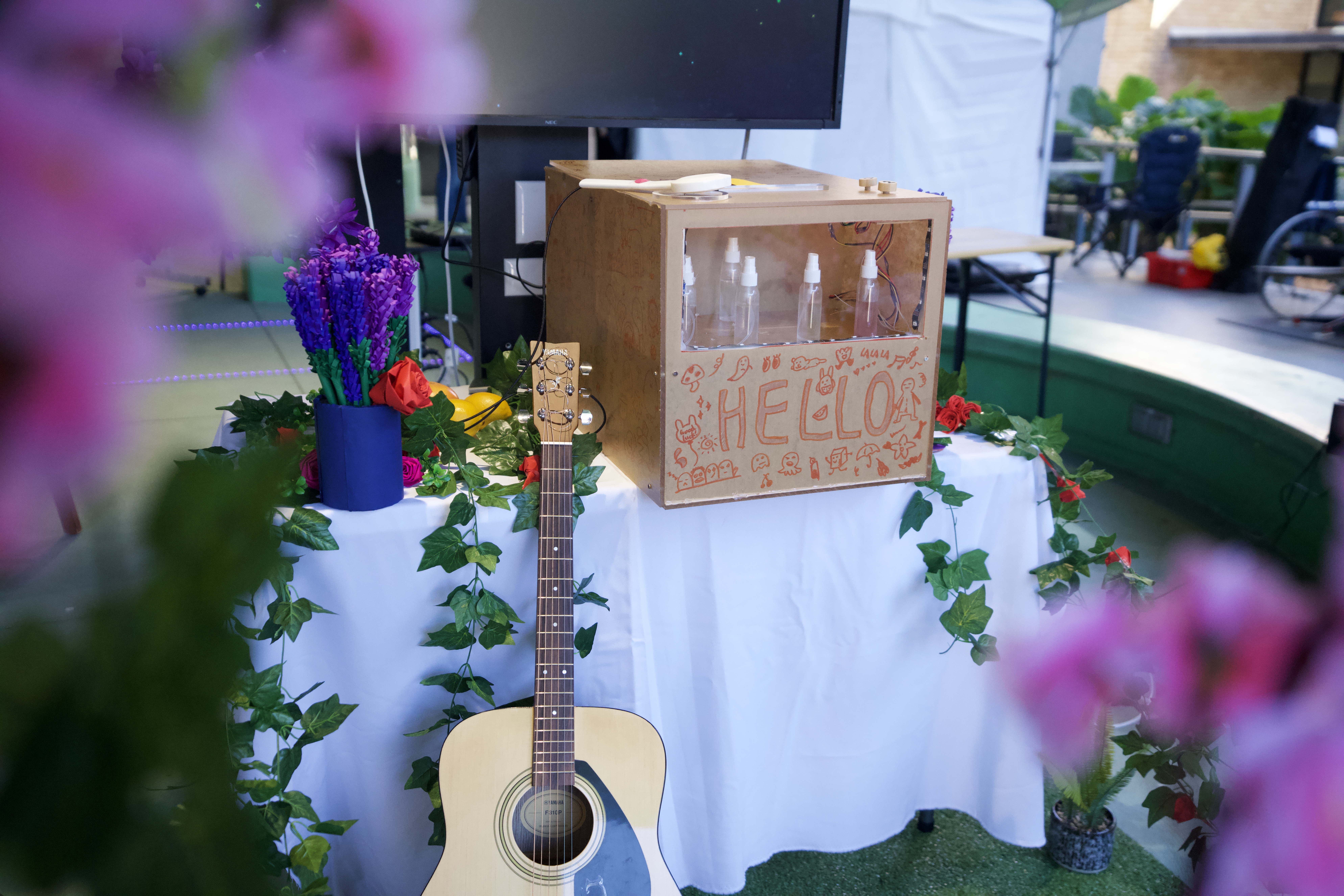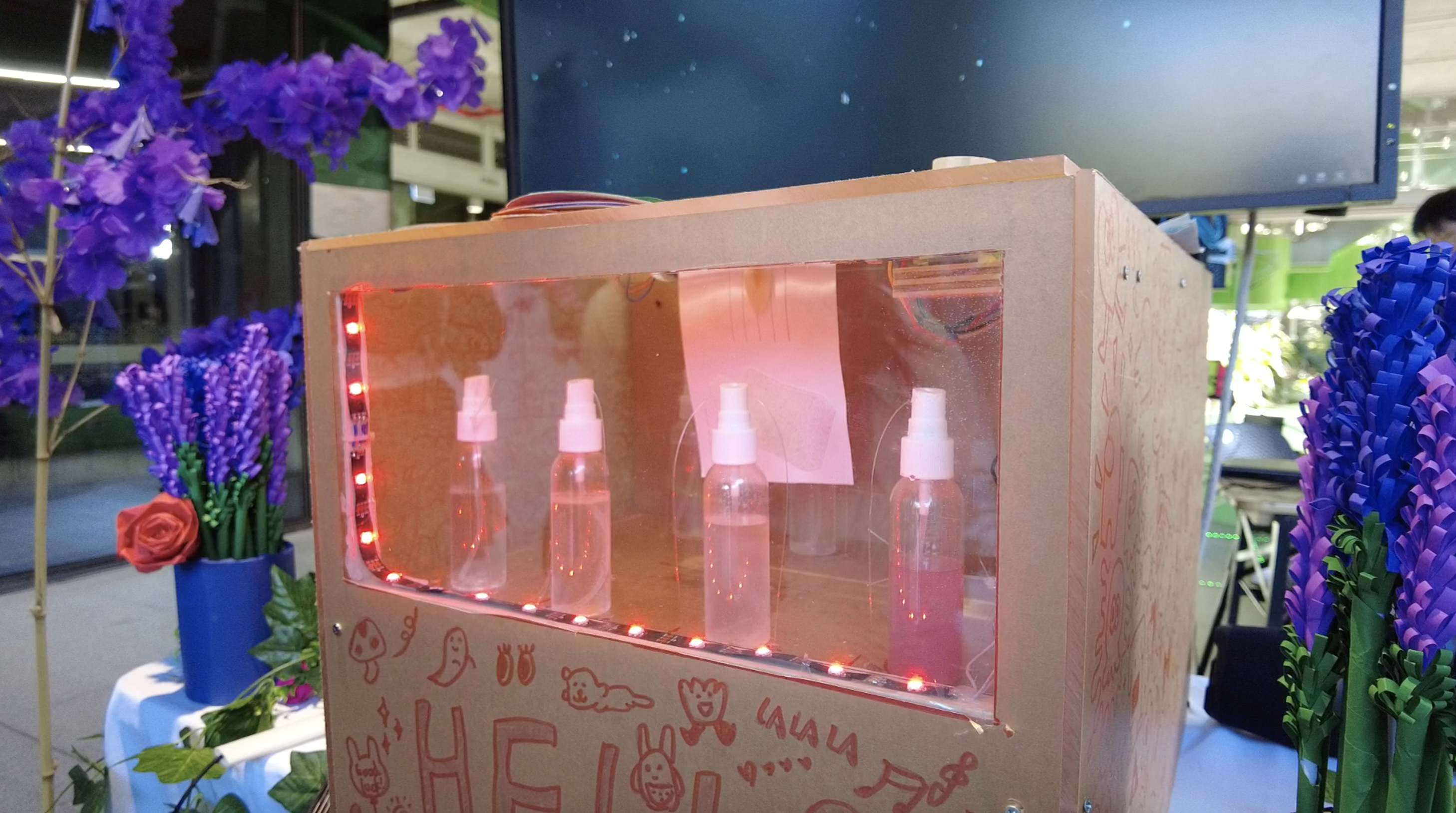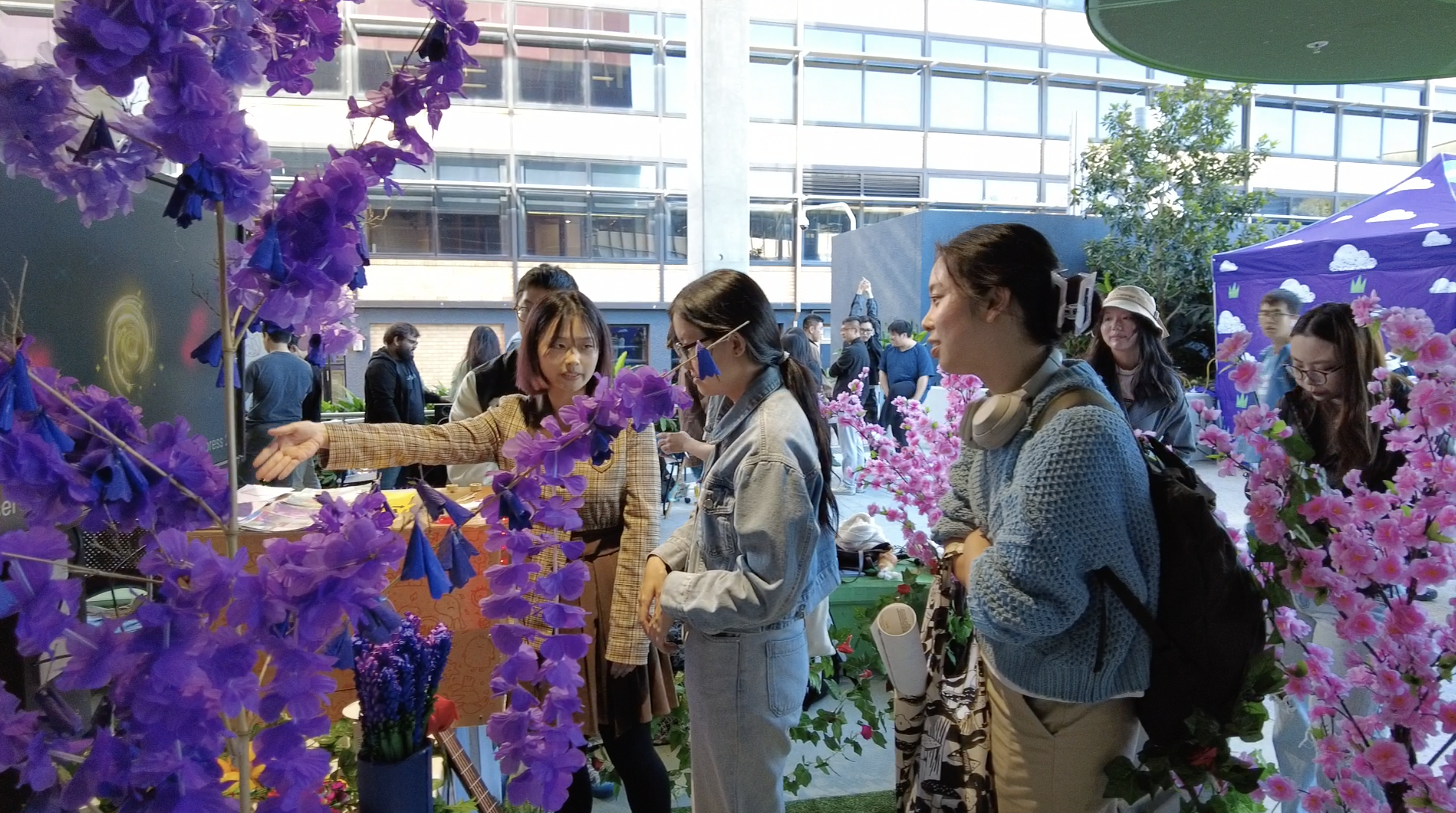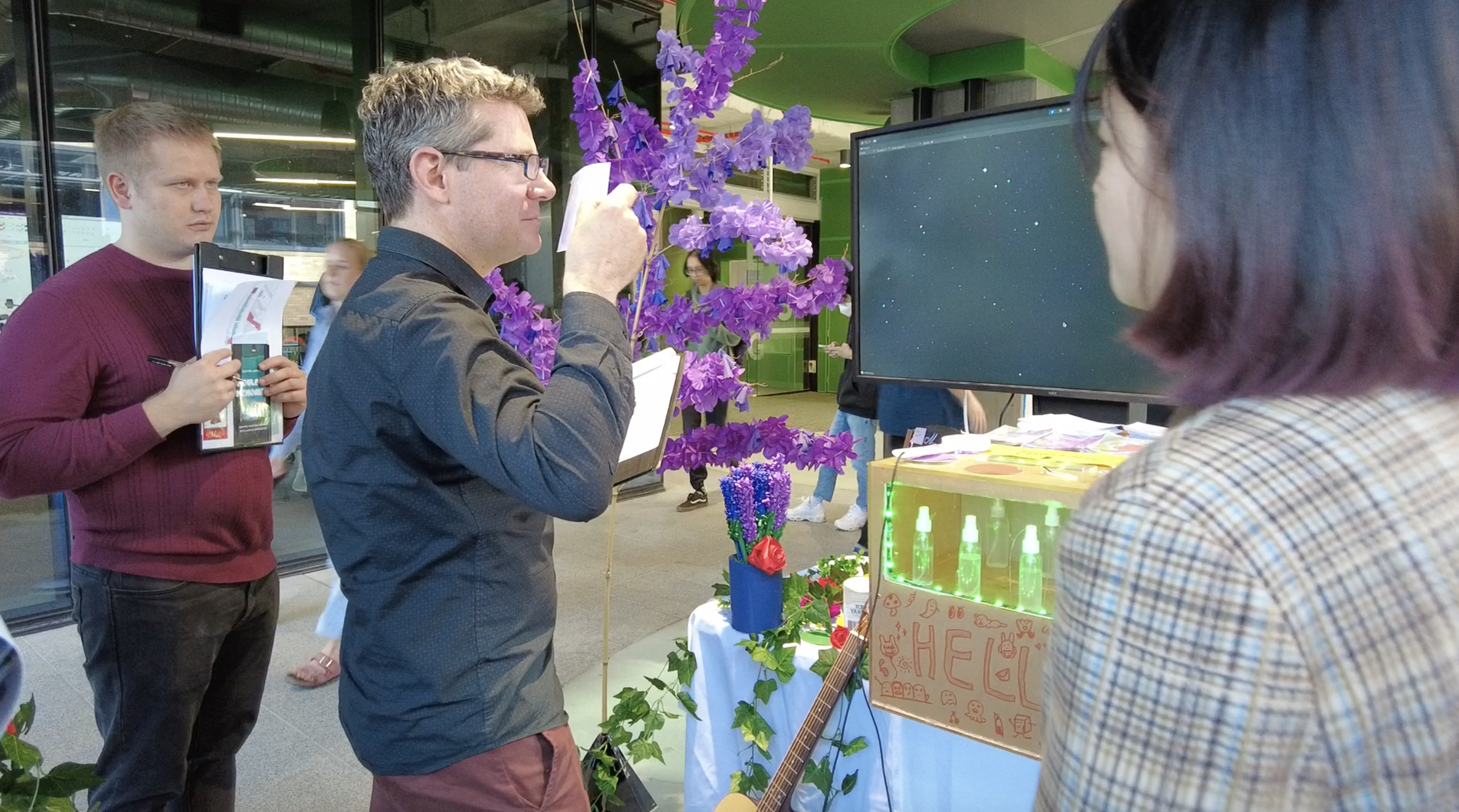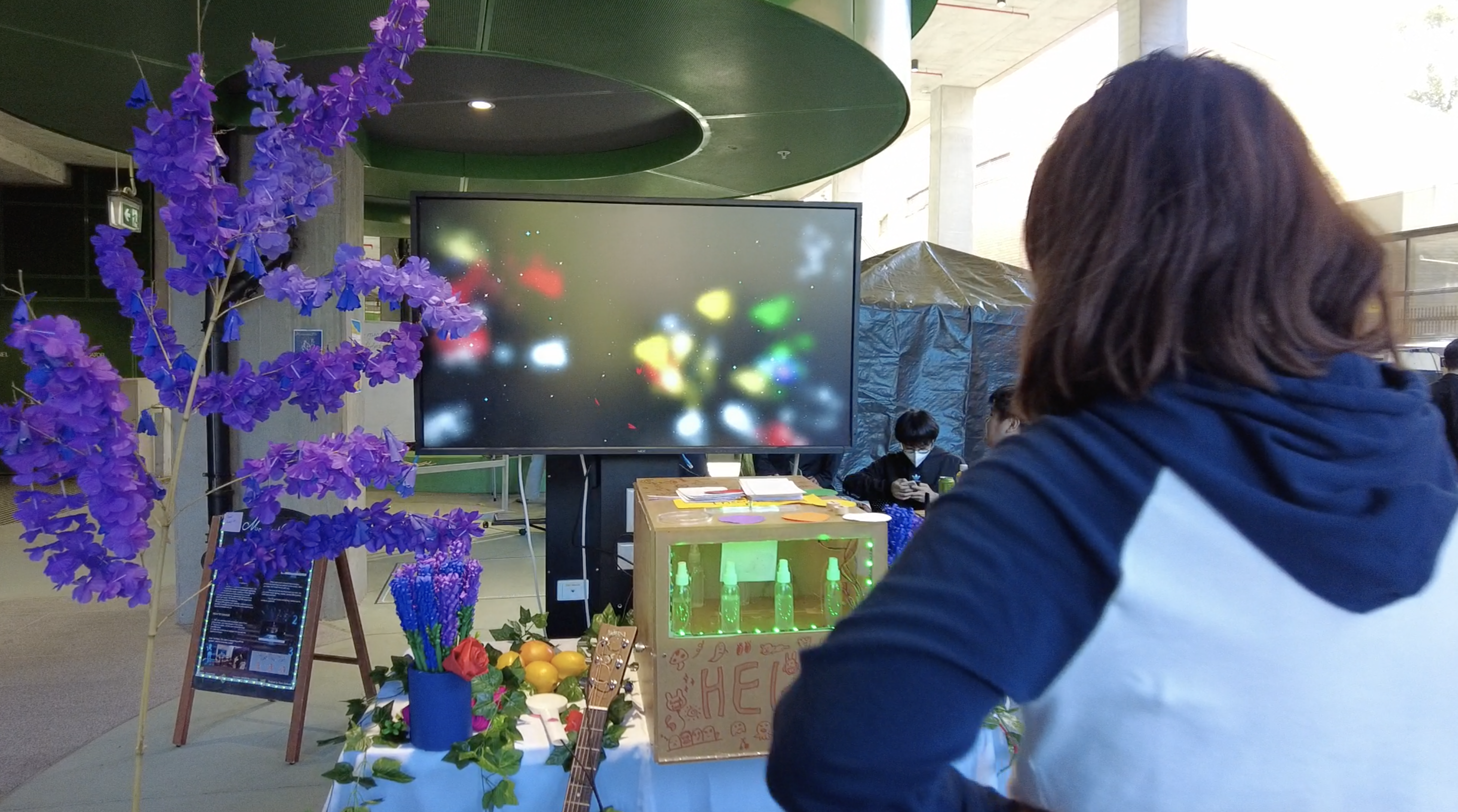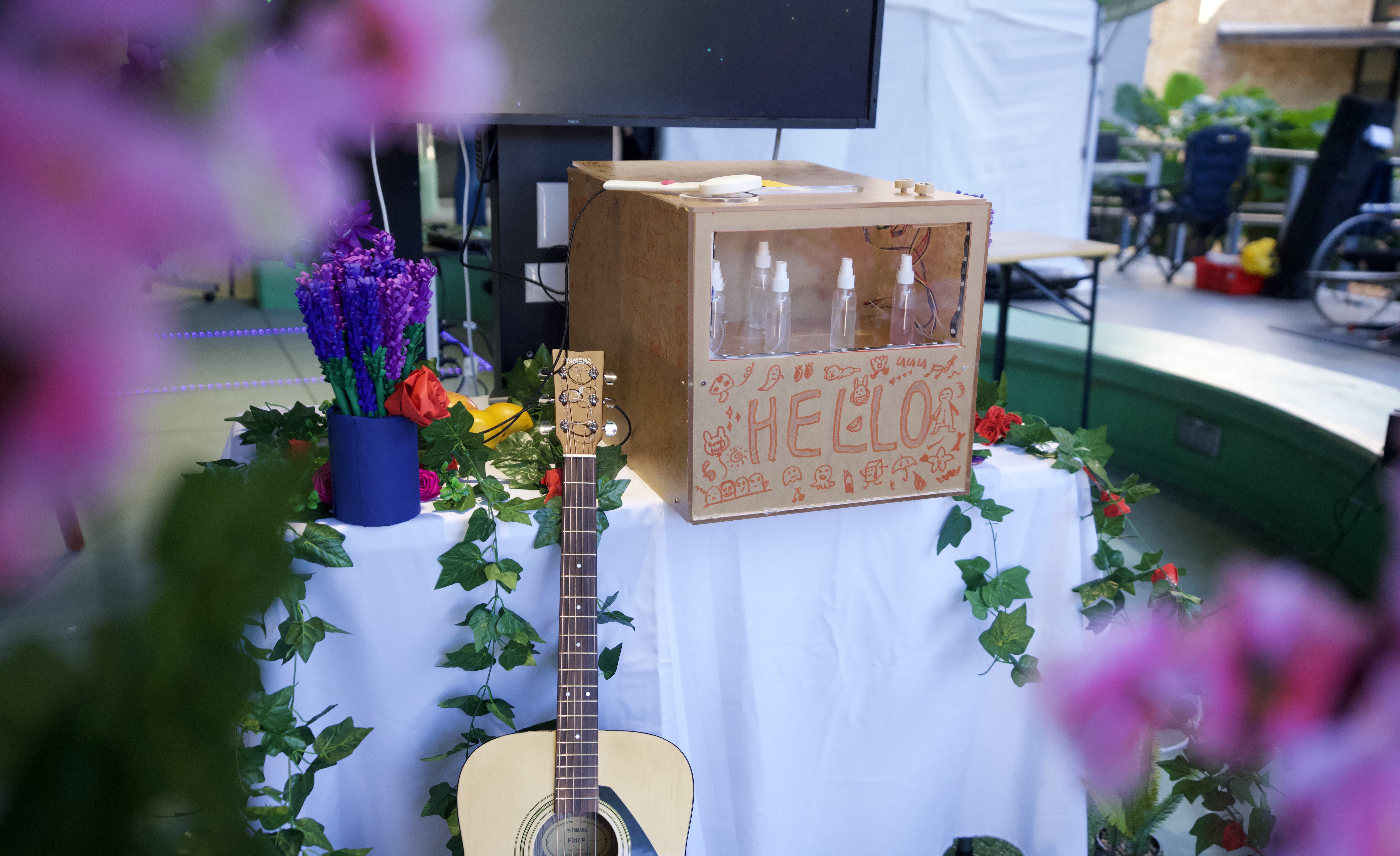
Aromart
Aromart is an interactive device that allows users to capture smells in the environment, combining with visual elements to create a unique souvenir. Nowadays people can only capture visual things by photograph and video to document emotional value of experience. With Aromart, environmental smells can be extracted and persisted, so visitors can have a better understanding and unique memory of the place.
Tourists
Designer Deveoper
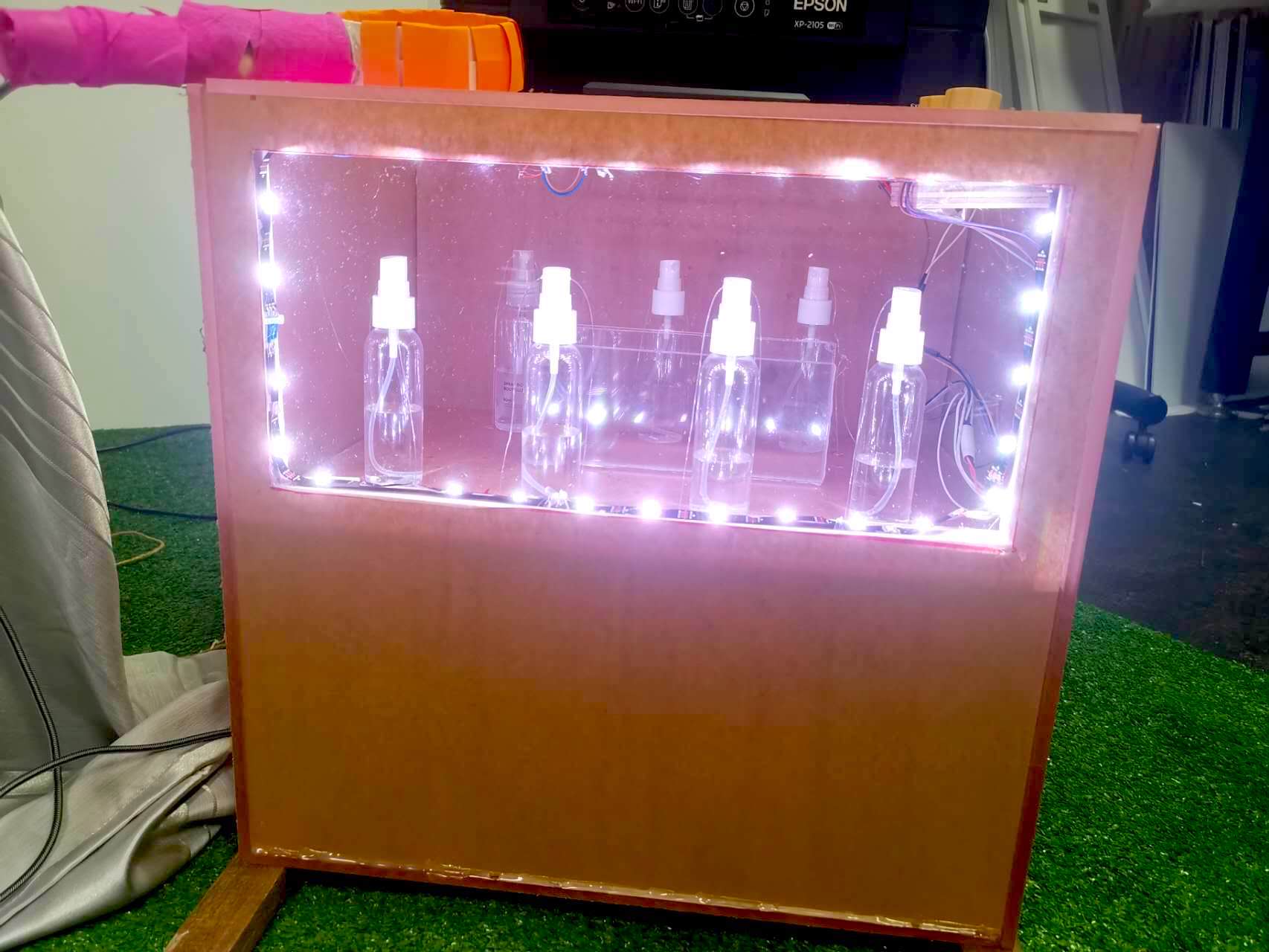
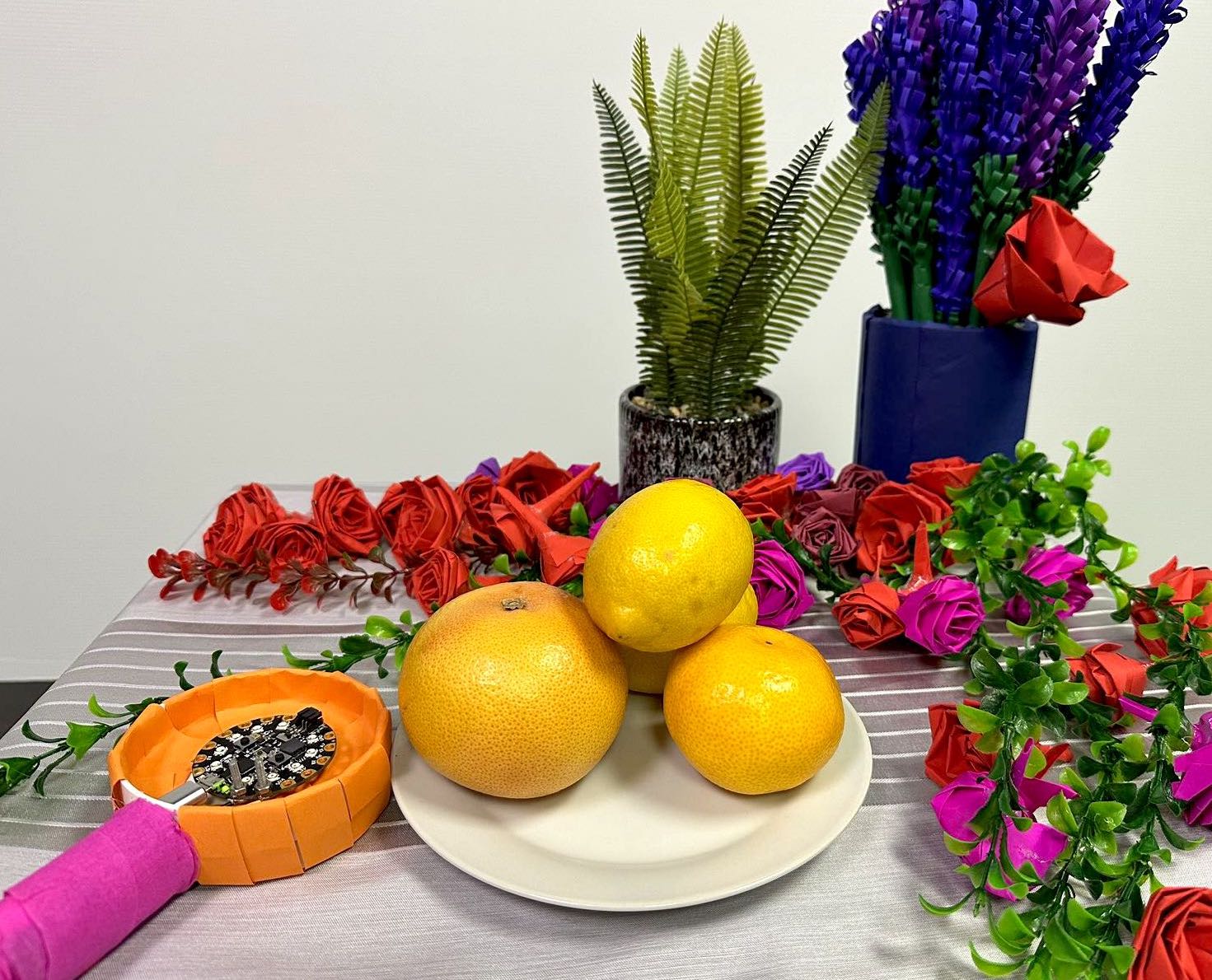
Access to unique experiences and sentimental value has become a major focus in our lives. People document their live and experience by photograph and videos such as when they travel to somewhere. But what if providing them with a different dimention? Smell is a sense that have more relation with emotions. With the synesthesia of vision and smell, tourists can have a different understanding of the specific place, and enhance the memory of the place with both image and fragrance.
For the device, it allows users to collect smells from objects with a "joystick". Unique visual effect with colour will appear on the screen when user scan an object, indicating that a smell has been collected. Multiple scans are allowed to increase the proportion of specific smell and make it stronger, this means users can customize their mixture of smell according to their understanding of the environment. Once users are satisfied with their collection of smell, they can press the "process" button to start analyzing the smells. Meanwhile, users can select a postcard of the environment, which could be perfect match to the smell they have collected, or could be an image they like most. When the system finish analyzing, users can insert the postcard they selected, and press "spray" button to generate the smell onto the postcard, which eventually will be the unique souvenir they can get.
Aromart device mainly consists of 2 systems: the object capturer and the scent generator.
For the object capturer, users can scan objects with a joystick, and the system will visualize the object’s scent on the screen. The joystick is achieved with a 3D printed frame, which is similar to the HTC VIVE controller, and an Adafruit Circuit Playground for colour detecting with its sensor. A Unity application running on a PC is developed to visualize the scent users have captured through COM communication with the joystick. Each time users scan an object, a piece of colour will appear on the PC screen.
The scent generator system starts working when users finish capturing objects, and it is an Acrylic box with a Raspberry Pi 4 in it to control the system. With Python programming, the Pi controls buttons to trigger the system, a web camera to capture the image of the Unity application, and an Epson printer to print the image. OpenCV is used in the program to analyze the colour of the image, convert RGB to HSV, and sort colours into 7 groups. Meanwhile, a message will be sent to the Unity application on the PC through the TCP socket (PC and Pi are in the same network) to trigger the processing animation on the screen. And also 2 pixel strips are controlled by Pi to indicate different statuses of the processing. As users insert the printed image and press the scent button, the Pi will control 7 different servos to rotate corresponding times according to the colour proportion, and then push spray bottles to generate scents on the inserted paper. Servos, buttons, and pixel strips are connected to Pi through GPIOs, so it is easier to control them with Python libraries. Considering the large number of servos controlled by Pi, and the highest power on GPIO is 5V, a power bank is used as an external power source to provide more power.
In consideration of the reusability of the system, programs in both Unity and the Pi are all in loops and will be reset after one user finish operation, to automatically get ready for the next user.
Aromart presented successfully during the 2023 UQ Interactive Design Exhibition and has attracted much attention. The concept is widely accepted by the audience and the experience has received positive feedback. Aromart is recognized as a near-future product that is meaningful and interesting, and people expressed their expectations of its future improvements and utilization. During the exhibit, Aromart received lots of traffic due to its location advantage and scenario setting. Most of the visitors show great interest in the project due to the novel concept and are willing to come up and experience it. With over 80 participants experiencing our product, Most users express a fresh feeling about the scanner and have scanned multiple items in the scenario to create a compound odour, while only a few people select only one or two colours to generate specific smells. Moreover, people find process of the scanning and visualizing on screen amazing. For the postcard selection, most users have chosen a scenario-related image, claiming to be a memorial of this novel experience. While a small proportion of users selected pictures with specific items such as lemon and lavender to match their choice of smell. After pressing the “Fragrance” button, almost every user is attracted by the fragrance-spraying process inside the device and shows great interest and excitement as they observe through the window. As users get the postcard with their selected image and smell, almost everyone feels happy and satisfied with their souvenir. Only one user found out that the smell on the postcard is unexpected because of the inaccurate analysis of the system.
Besides, from the conversation with users, not only have we received much positive feedback, but also collected some testing data. For example, some users share their postcards and experience with their friends excitedly, and some expressed their expectations and suggestions for this project in the future, which could be helpful for further improvements.
Nevertheless, some deficiencies were found in the product during the installation and exhibit process. Since the process is divided into 3 steps, which are colour picking, confirming & insert cards, and colour spraying, many users don't know how to proceed to the next step after colour picking is completed, and they need guidance to continue. For each stage, there are fewer hints for users to acknowledge when the state is over and more conspicuous instructions are needed. Besides, because the screen and the device run separately, currently the prompt on the screen cannot effectively guide users to interact with the device. In consequence, connections between the screen and the device could be enhanced and more interactions could be added. Also, extreme conditions should be considered, such as a small or huge amount of colour being scanned by the audience, the visual effect can be either inconspicuous or too much. So it is important to balance the visual effect according to the amount of colour and present a clearer view.
For the next step, in addition to solving existing issues, Aromart should focus on refining the process and presenting specific or even customized experiences for the audience. Scanning of objects can be upgraded with a professional colour sensor or even object identification with machine learning, which will provide a more reasonable interaction and will be more aligned with the concept of a “scent camera”. Moreover, smells can be customized according to scenarios to present specific smells, and can even combine with emotional values to present a more meaningful and memorable experience.
